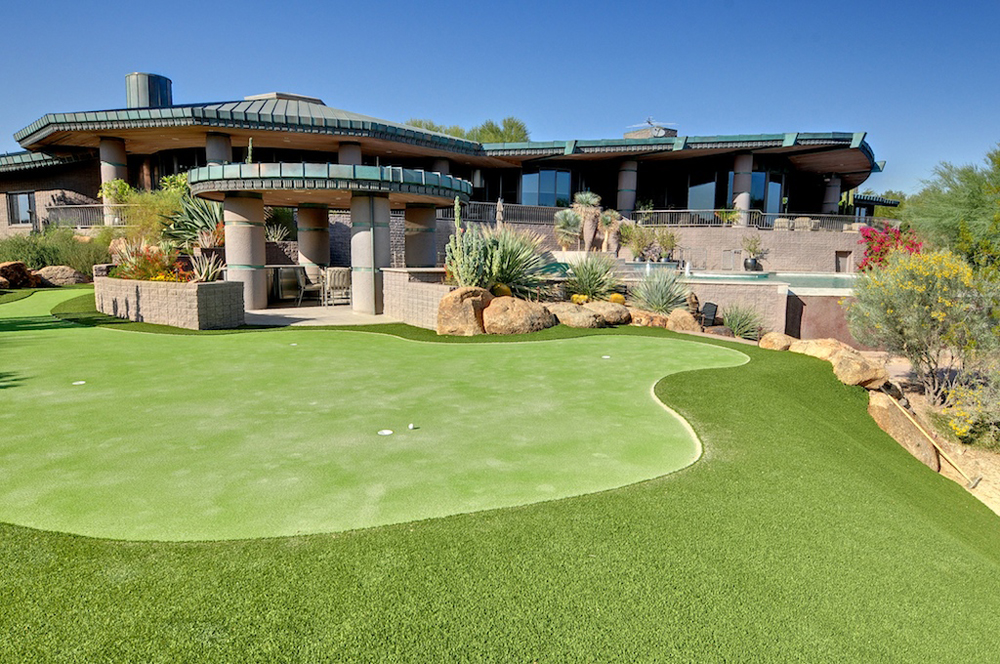| << Chapter < Page | Chapter >> Page > |
One sociological perspective distinguishes the classes, in part, according to their relative power and control over their lives. The upper class not only have power and control over their own lives but also their social status gives them power and control over others’ lives. The middle class doesn’t generally control other strata of society, but its members do exert control over their own lives. In contrast, the lower class has little control over their work or lives. Below, we will explore the major divisions of U.S. social class and their key subcategories.

The upper class is considered the top, and only the powerful elite get to see the view from there. In the United States, people with extreme wealth make up 1 percent of the population, and they own one-third of the country’s wealth (Beeghley 2008).
Money provides not just access to material goods, but also access to a lot of power. As corporate leaders, members of the upper class make decisions that affect the job status of millions of people. As media owners, they influence the collective identity of the nation. They run the major network television stations, radio broadcasts, newspapers, magazines, publishing houses, and sports franchises. As board members of the most influential colleges and universities, they influence cultural attitudes and values. As philanthropists, they establish foundations to support social causes they believe in. As campaign contributors, they sway politicians and fund campaigns, sometimes to protect their own economic interests.
U.S. society has historically distinguished between “old money” (inherited wealth passed from one generation to the next) and “new money” (wealth you have earned and built yourself). While both types may have equal net worth, they have traditionally held different social standings. People of old money, firmly situated in the upper class for generations, have held high prestige. Their families have socialized them to know the customs, norms, and expectations that come with wealth. Often, the very wealthy don’t work for wages. Some study business or become lawyers in order to manage the family fortune. Others, such as Paris Hilton and Kim Kardashian, capitalize on being a rich socialite and transform that into celebrity status, flaunting a wealthy lifestyle.
However, new-money members of the upper class are not oriented to the customs and mores of the elite. They haven’t gone to the most exclusive schools. They have not established old-money social ties. People with new money might flaunt their wealth, buying sports cars and mansions, but they might still exhibit behaviors attributed to the middle and lower classes.

Many people consider themselves middle class, but there are differing ideas about what that means. People with annual incomes of $150,000 call themselves middle class, as do people who annually earn $30,000. That helps explain why, in the United States, the middle class is broken into upper and lower subcategories.

Notification Switch
Would you like to follow the 'Introduction to sociology 2e' conversation and receive update notifications?